Explore The Road of Heritage Sites in Central Vietnam
If Japan has Kansai’s “Historical Highway”, France the “Wine Route”, and China the “Silk Road”, Vietnam offers its own “Heritage Road”. A cultural journey through Central Vietnam, stretching from The Ho Citadel to the heart of ancient Champa at My Son. This route encompasses five UNESCO World Heritage Sites and numerous colonial, spiritual, and natural marvels. Let’s explore it all with My VietNam Tours!
>> Explore More: Central Vietnam Adventures Here
Top 5 UNESCO World Heritage Sites in Central Vietnam
The Complex of Hue Monuments: Echoes of a Royal Past
The journey begins in Hue, the former imperial capital of the Nguyen Dynasty. Nestled along the poetic Perfume River, the Complex of Hue Monuments became the first UNESCO-recognized site in Central Vietnam in 1993. This ensemble includes the Imperial City, the Forbidden Purple City, and royal tombs scattered across peaceful hillsides and riverscapes.
Speaking of the Hue Imperial City area, it’s so large that people often describe it as a citadel within a citadel within a citadel. This layered layout includes the outer walls protecting the entire complex, the Imperial City where royal affairs took place, and the Forbidden Purple City – the most private quarters of the emperor and his family.


Hue Imperial City. Cre: Bao Nhan Dan
The architectural harmony in Hue is unmatched. Khai Dinh Tomb merges French baroque elements with traditional motifs, Minh Mang Tomb reflects Confucian balance and natural harmony, and Tu Duc Tomb offers a poetic retreat with pavilions, lotus ponds, and lyrical inscriptions reflecting the emperor’s love for art and solitude.
-min.jpg)
Minh Mang Tomb, where the second emperor of the Nguyen dynasty rested in peace. Photo by: congannhandan

Mausoleum of Emperor Tu Duc – Vietnam’s most poetic royal architectural work. Photo by: dulichdaibang

As the last great tomb from the Nguyen dynasty, Emperor Khai Dinh’s mausoleum shines with a mix of Asian and European style. Photo by: traveloka
As visitors walk beneath tamarind trees in the Citadel or attend a traditional incense-making workshop in Thuy Xuan Village, they step back into an era of elegance and reverence.
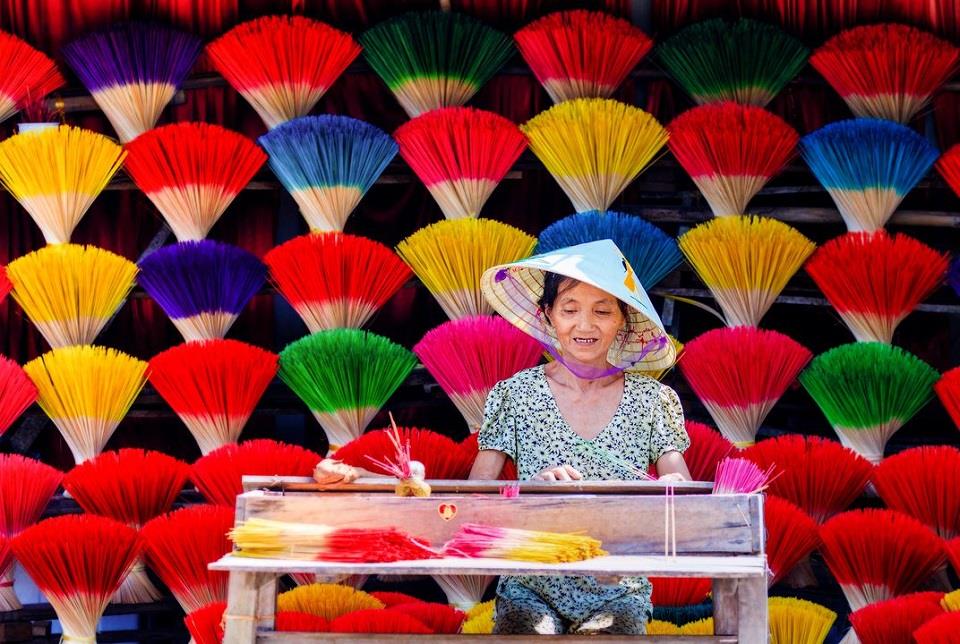
Learn how to make incense at Thuy Xuan Incense Village. Photo by: hongcongtravel
Cultural life pulses through Hue in the form of Nhã nhạc – Hue Royal Court Music – which was listed as an Intangible Cultural Heritage of Humanity in 2003. Whether enjoyed during a boat ride on the Perfume River or at Duyet Thi Duong Theater, these ceremonial melodies connect visitors to the sounds of a bygone courtly age.

Nha Nhac of Hue Royal Court – A must-see show when visiting Hue. Photo by: vgmo
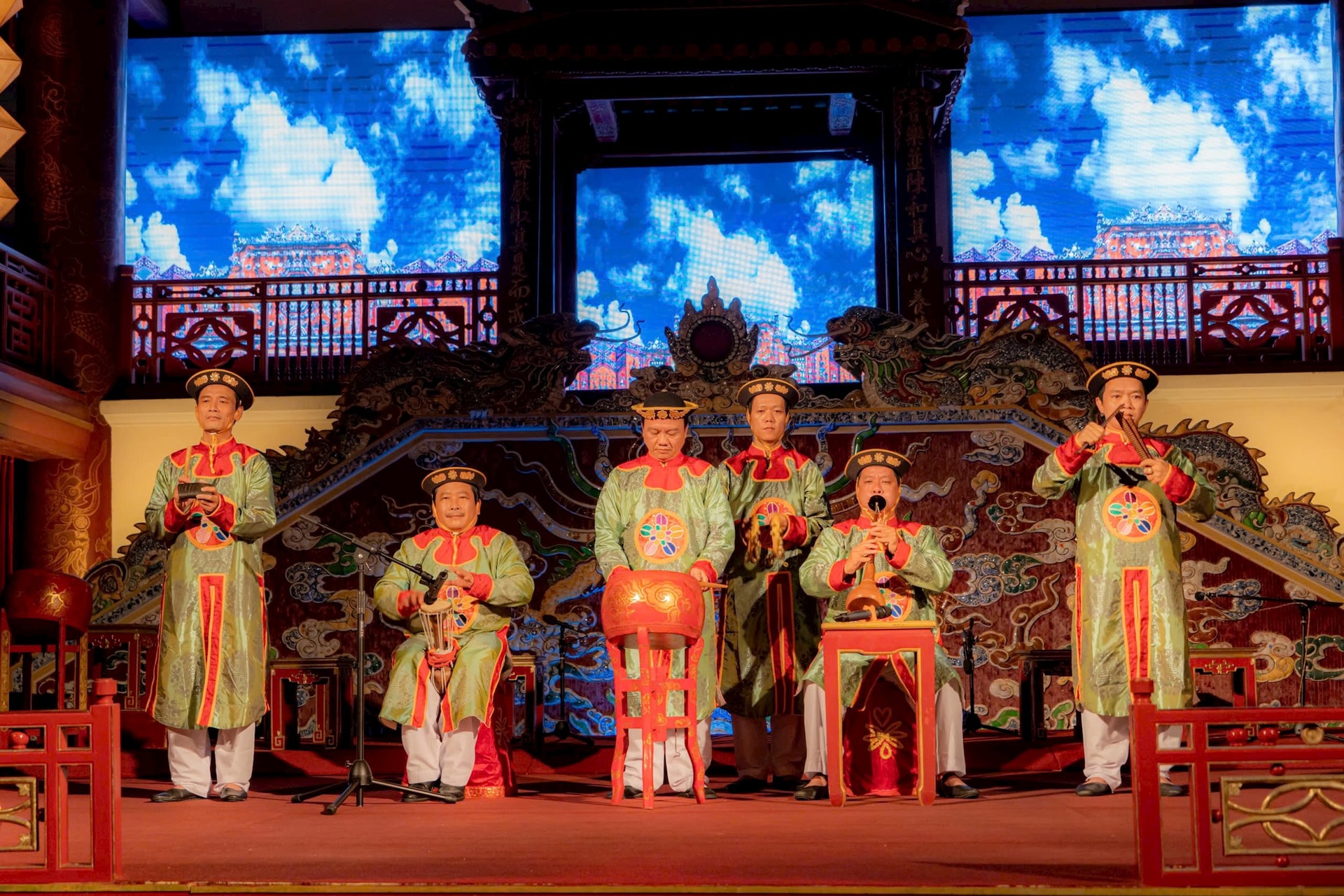
Enjoy Hue Royal Court Music at the oldest theater of traditional Vietnamese theater. Photo by: daidoanket
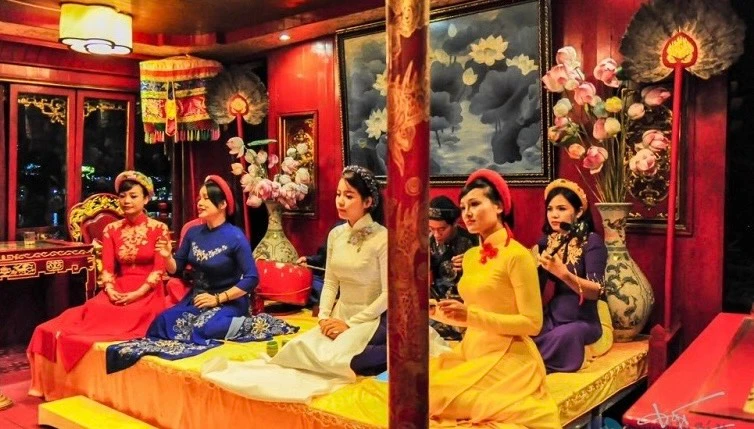
Floating on the Perfume River and letting your soul wander with Hue folk songs. Photo by: tourdulichjquangbinh
>> Hop On with Us: DISCOVER DA NANG – HOI AN – BA NA HILLS – HUE
Hoi An Ancient Town – Living Heritage by the River
Unlike many heritage sites that resemble static museums, Hoi An is a living town, where locals still live, worship, and trade in centuries-old houses. Located on the banks of the Thu Bon River, about 30 km from Da Nang, Hoi An was recognized as a UNESCO World Cultural Heritage Site in 1999.
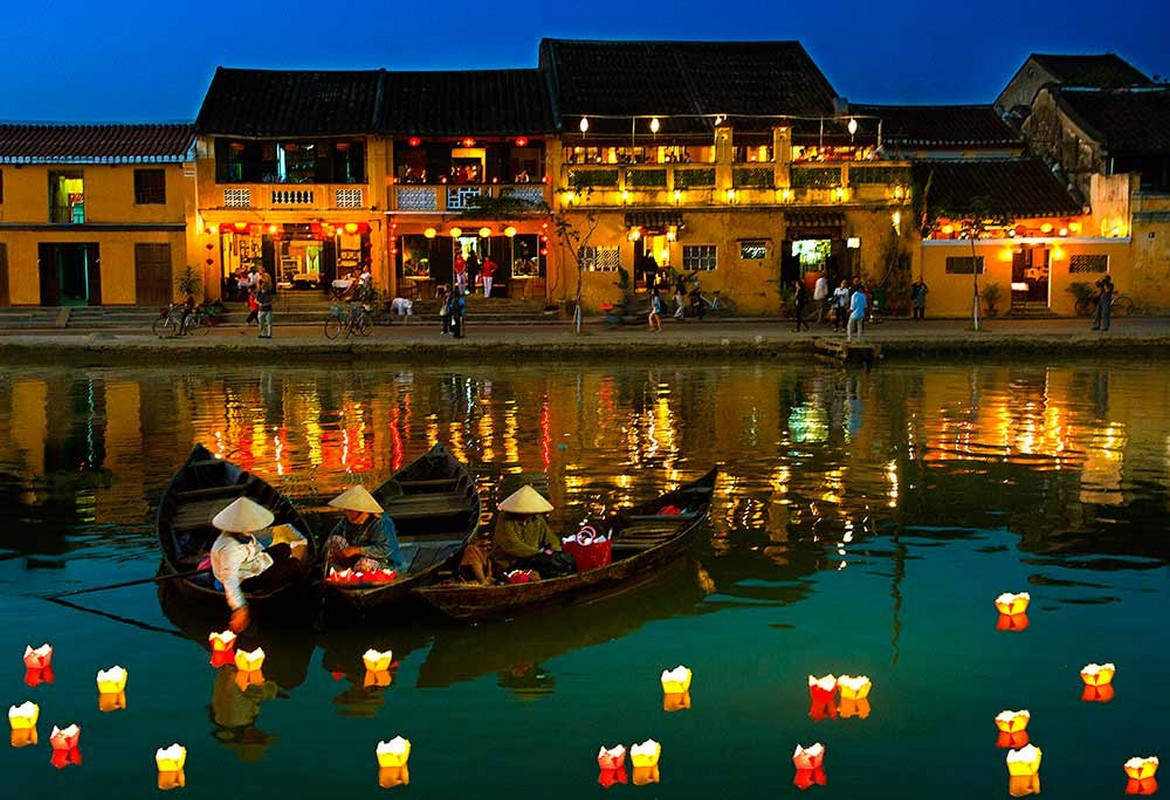
Hoi An ancient town at night Photo by: ivivu
From the 16th to 18th centuries, Hoi An was a bustling international trading port, where cultures from Vietnam, China, Japan, and Portugal converged. Today, the town retains its original charm, with moss-covered tiled roofs, narrow brick alleys, and vibrant lanterns lighting up every corner.

Hoi An in the past. Cre: Hoi An Heritage

Hoi An today. Photo by: bayngay
Stroll through its peaceful streets, sail along the romantic river, or light incense at ancient temples like Long Tuyen Pagoda and Bridge Pagoda (The Japanese Bridge). As the sun sets, Hội An transforms into a glowing dreamscape of reflection and color, an enchanting reminder that some places are untouched by time.

Hoi An Bridge Pagoda: Unique cultural symbol of Quang Nam Photo by: crystalbay
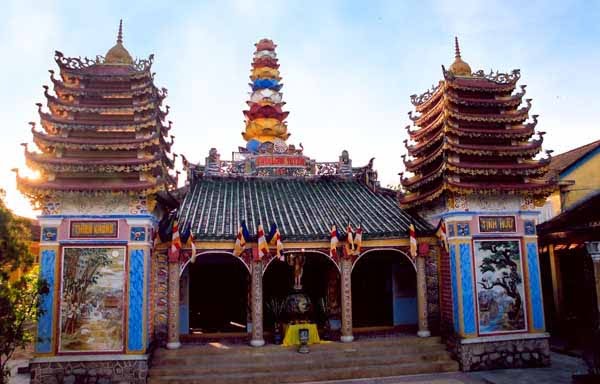
Long Tuyen Pagoda is one of the destinations that tourists should not miss. Photo by: mytourblog
>> Hop On with Us:
Hoi An, Cham Island & Da Nang: Heritage, Beaches & Culture Tour
Classic Vietnam Tour: Highlights from North to South
DISCOVER DA NANG – HOI AN – BA NA HILLS – HUE – QUANG BINH
My Son Sanctuary – Sacred Stones of Champa
Built as early as the 4th century and continuously developed for centuries afterward, My Son Sanctuary was once one of the most important Hindu temple complexes in Southeast Asia. Today, it is known as one of the oldest and most sacred Cham temple centers, and was recognized as a UNESCO World Cultural Heritage Site in 1999.
Located in a lush valley about 2 km in diameter, surrounded by hills and mountains ranging from 100 to 400 meters high nestled between the eastern edge of the Trường Sơn Mountains and the ancient capital of Trà Kiệu – My Son stands as a silent testament to the grandeur of the Champa civilization.

The unique beauty of My Son Sanctuary – World Cultural Heritage in Quang Nam
Though time and war have turned many towers into ruins, the remaining sculptures and temple fragments still reflect the evolution of Cham art across different historical periods. As you walk through moss-covered stones and ancient carvings, it feels as though you are stepping into the remnants of a lost world – a civilization once magnificent, now a poetic memory etched in stone.
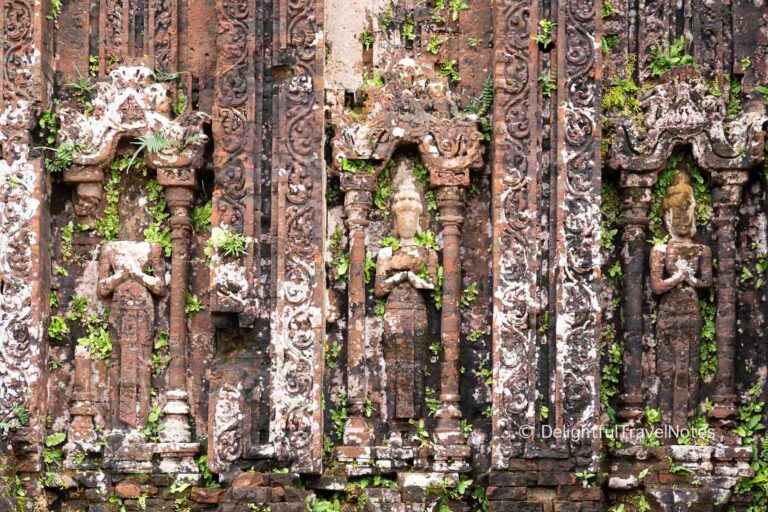
Exploring the Unique Art Styles of an Ancient Civilization
Phong Nha – Ke Bang National Park: Nature’s Underground Cathedral
Located in the Ke Bang limestone mountains, about 50 km northwest of Dong Hoi City, Phong Nha – Ke Bang National Park is a natural heritage wonder recognized by UNESCO in 2003 (extended in 2015). It boasts one of the world’s most impressive karst landscapes, with over 300 caves and grottos formed over 400 million years.
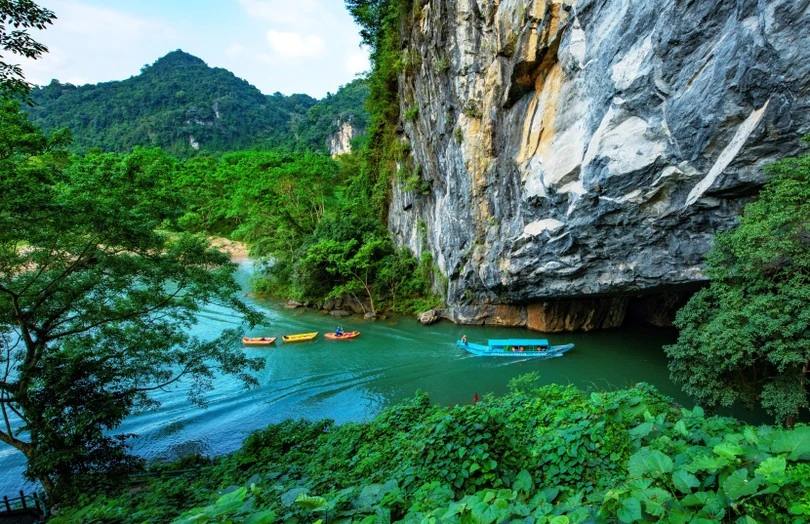
Phong Nha – Ke Bang National Park is as beautiful as a watercolor painting. Photo by: baonguoilaodong
Among its marvels is Son Doong Cave, the world’s largest cave, discovered in 2009. This enormous underground cavern is large enough to house a 40-story skyscraper and contains its own ecosystem, including a subterranean jungle and river. Visiting Son Doong is a rare opportunity for serious adventurers and is tightly regulated to preserve its pristine condition.
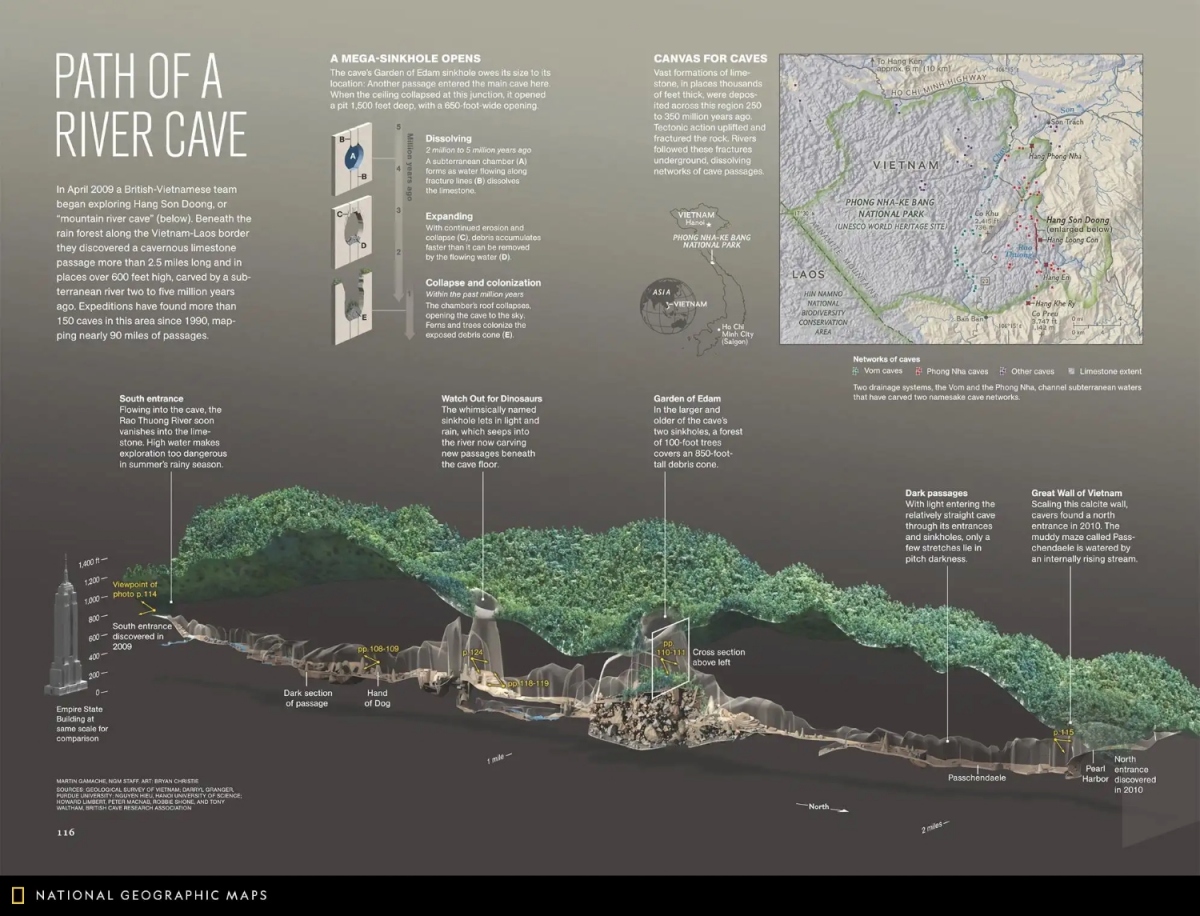
An overview of Son Doong Cave. Photo by: vov
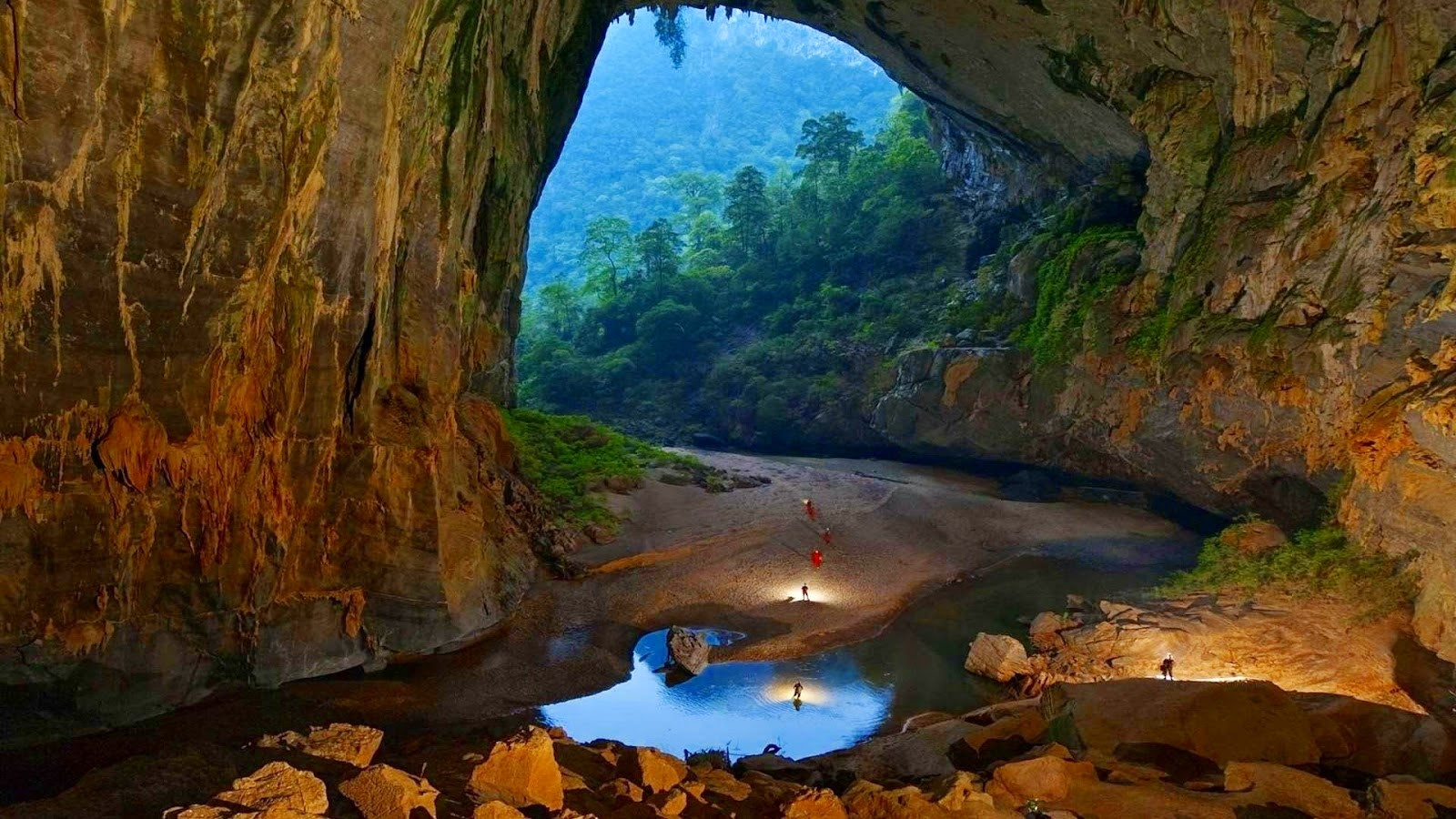

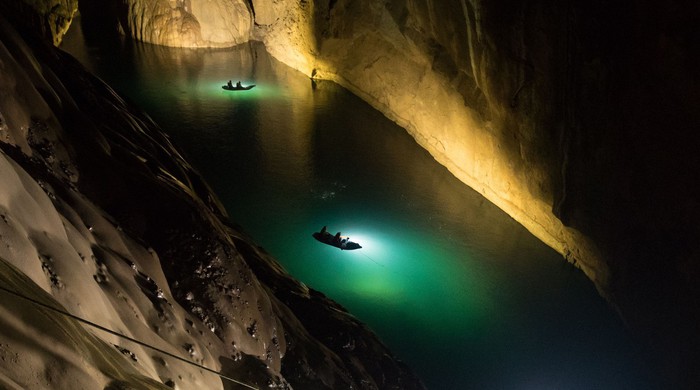
Inside Son Doong, the largest cave in the world.
Equally stunning are Phong Nha Cave and Paradise Cave, where visitors can take boat rides through underground rivers or hike along elevated platforms to witness otherworldly stalactites and stalagmites.
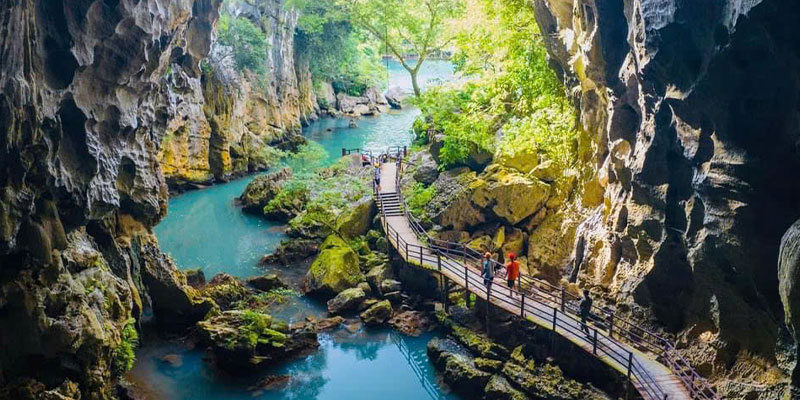
Phong Nha Cave

Paradise Cave
The park is also home to diverse wildlife and rare flora, making it a critical site for both tourism and conservation.
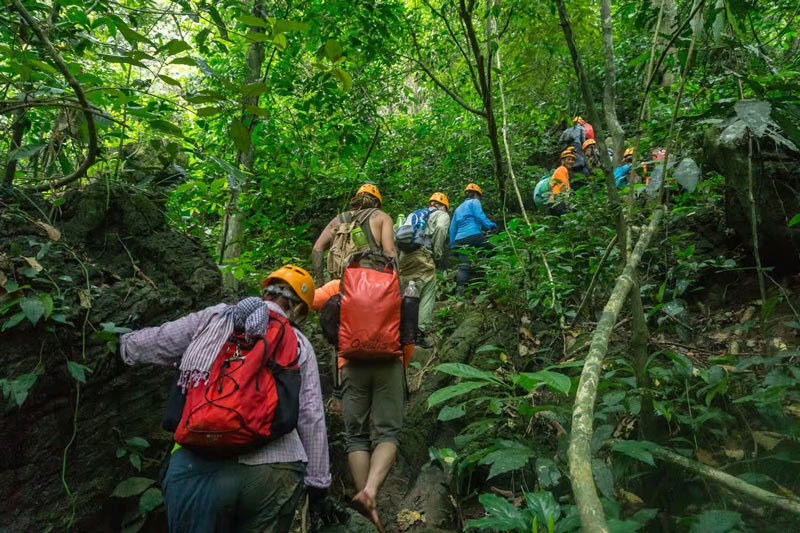
Tourists participate in activities at Phong Nha – Ke Bang National Park Photo by: Mia
Thanh Nha Ho – Stone Legacy of the West
Located in Thanh Hoa Province, the Ho Dynasty Citadel (Thành Nhà Hồ) is one of Vietnam’s lesser-known yet most significant UNESCO World Heritage Sites, recognized in 2011. Constructed entirely of stone in 1397, this imposing fortress was the capital of the Ho Dynasty and is a prime example of Southeast Asian military architecture.

Its giant limestone blocks, some weighing over 20 tons, were precisely fitted together without mortar, showcasing both ingenuity and strength. Although many structures have vanished over centuries, the citadel walls and southern gate still stand proud, a silent reminder of a short-lived but impactful reign.
Others Heritage Site
Quang Tri: A Frontier of Memory
Lying between the well-known destinations of Hue and Phong Nha, Quang Tri Province is a place of deep historical resonance. While not a UNESCO site, it holds key landmarks tied to Vietnam’s modern history, including the Hien Luong Bridge, Ben Hai River (former demarcation line between North and South Vietnam), and the Vinh Moc Tunnels.
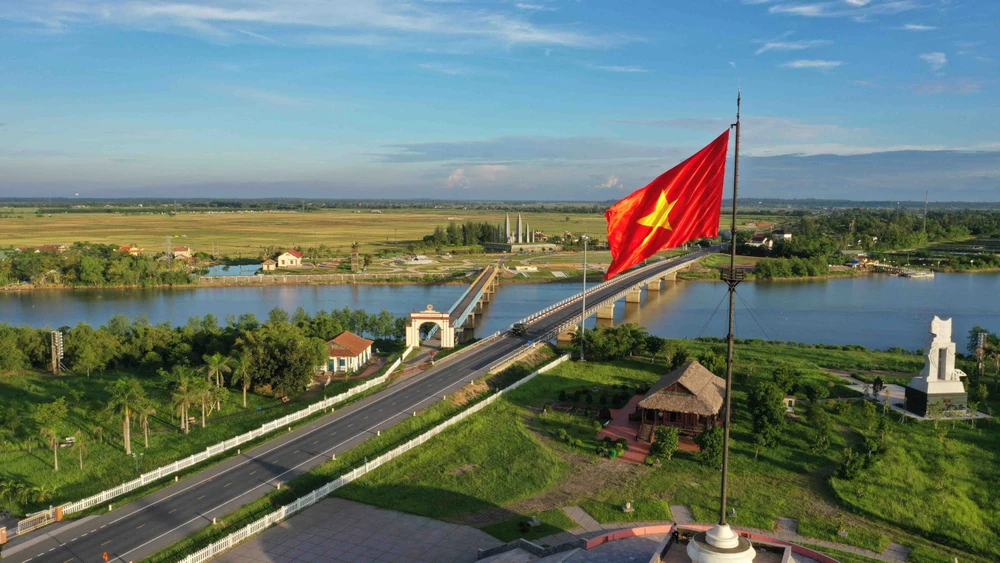
During the war against US imperialism, Hien Luong Bridge was the boundary dividing Vietnam into North and South.

Vinh Moc Tunnels, an underground village, assisted the soldiers and people of Quang Tri in hiding and defending their forces throughout the fierce resistance war.
These sites bear witness to resilience, conflict, and eventual reunification. Quang Tri also plays host to local festivals and spiritual traditions that offer a different kind of heritage, one that speaks to the endurance and spirit of the Vietnamese people.
Quang Ngai Ancient Citadel – A Frontier of Memory
Also known as “Cẩm Thành” (Silken Citadel), the Quang Ngai Ancient Citadel was constructed between 1807 and 1815 under the Nguyen dynasty, with French architectural influence. Built on a natural landscape of mountains and rivers, the citadel covered an area of 26 hectares and featured Vauban-style architecture with a square layout, making it one of the most strategic military fortifications in Central Vietnam.

Stream of ethnic history at Quang Ngai ancient town Photo by: tripadvisor
Today, although most of it has been destroyed by time and war, this place still preserves sacred vestiges of a glorious past, associated with many important events of the heroic land of Quang Ngai. If you have the opportunity to come to Quang Ngai, visitors can visit and experience this historical site.
Da Nang and the Hai Van Pass: Gateway of Contrasts
No heritage journey in Central Vietnam is complete without traversing the Hai Van Pass. Once a strategic frontier between Dai Viet and Champa kingdoms, today it provides sweeping views of sea and sky. This stretch between Hue and Da Nang is both a natural wonder and historical boundary.
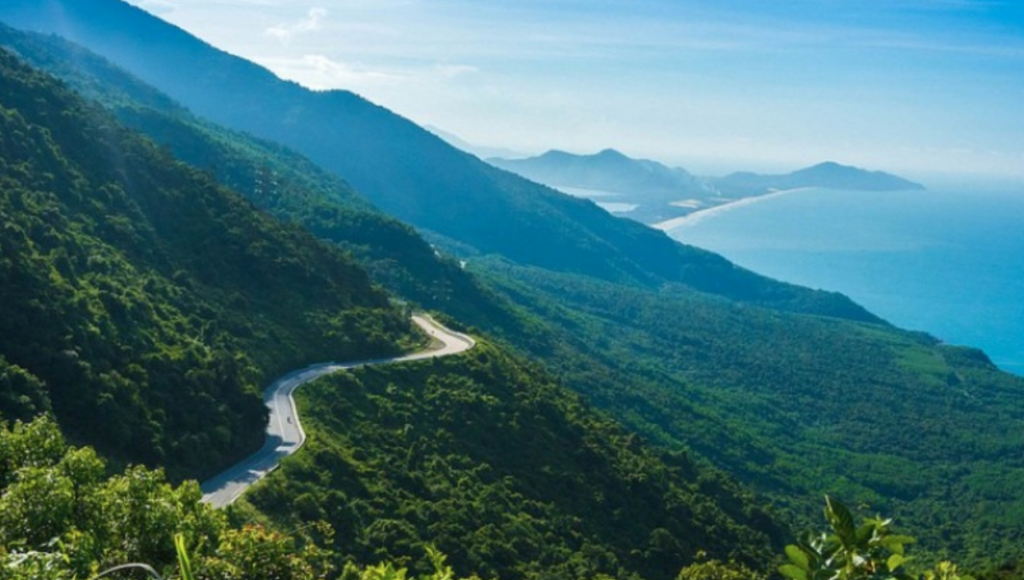
Hai Van Pass in Vietnam is recognized as one of the world’s top ten most beautiful coastal roads
Da Nang itself is a city of dynamic contrasts. While not a UNESCO site, it is the logistical and cultural bridge between Hue and Hoi An. Modern museums, Cham sculpture collections, and coastal food scenes offer a contemporary counterpoint to the traditional elegance of nearby heritage destinations.
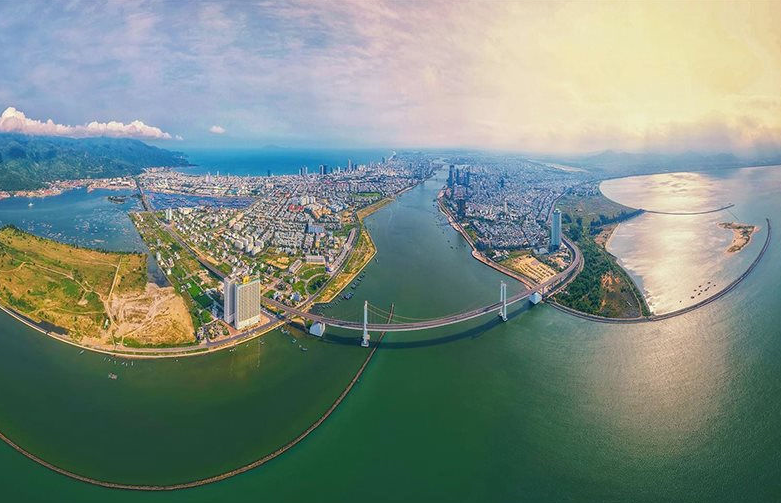
Da Nang Fantasticity
>> Hop On with Us: Da Nang – Hoi An – Quy Nhon: Vietage Luxury Train & Coastal Vietnam
The Spirit of the Heritage Road
This road not only links historic destinations but also connects the past with the present. It invites travelers to slow down, to engage with communities, and to reflect on the meaning of heritage in a changing world.
Let My VietNam Tours be your guide as you travel this route of discovery. Whether you’re seeking curated cultural experiences or tailor-made itineraries, we help you journey deeper into the essence of Central Vietnam. Connect with us now!

